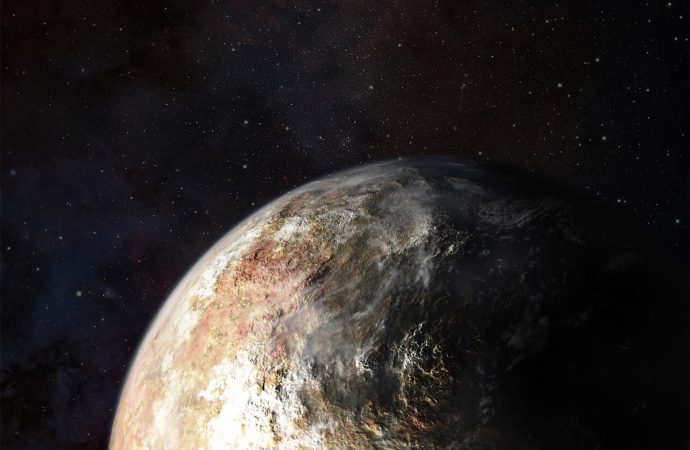The New Horizons probe has uncovered another Plutonian mystery – this time involving the solar wind.
When charged particles from the sun hit a planet’s atmosphere, they usually create radiation such as X-rays. This was known to happen as far out as Saturn.
Pluto was expected to emit X-rays from a large, diffuse region as charged particles hit the tenuous atmosphere that streams behind the dwarf planet like a comet’s.
Meanwhile, we thought the solar wind would “spike” whenever a coronal mass ejection or solar flare happens, just as it does near Earth, causing episodic increases in X-ray emissions.
But when Carey Lisse at Johns Hopkins University, Maryland, and colleagues viewed Pluto using the Chandra X-ray Observatory in 2013, they saw far fewer X-rays than anticipated.
During last year’s visit, New Horizons solved half the mystery: it found that Pluto is losing its atmosphere to space 100 times more slowly than predicted and so has a compact rather than tenuous atmosphere. That means it is less exposed to the solar wind.
But the probe also found that the stream of particles from the sun does not spike in response to solar flares. Instead, the solar wind is surprisingly steady and placid at the edge of the solar system, and no one knows why.
These observations raised another puzzle: when the team revised its estimate for how many X-rays should be seen around Pluto given that compact atmosphere, Chandra now saw too many.
“We know the gas exchange rate is lower than expected,” Lisse said. “Yet we see more X-rays than we expected in that situation. That doesn’t make sense.”
Lisse thinks Pluto and its moon Charon plough through the solar wind like boats making wakes in water. The peaks of those “waves” could mean there are more solar wind particles locally, increasing X-ray emissions near Pluto in spite of the sluggish solar wind.
To check this theory, Lisse hopes to look for X-rays around Pluto next month using the European Space Agency’s XMM-Newton satellite.
Vasili Kharchenko at the University of Connecticut says this work adds to knowledge about how the solar wind interacts around the atmospheres of planets and comets.
Source: New Scientist

































Leave a Comment
You must be logged in to post a comment.